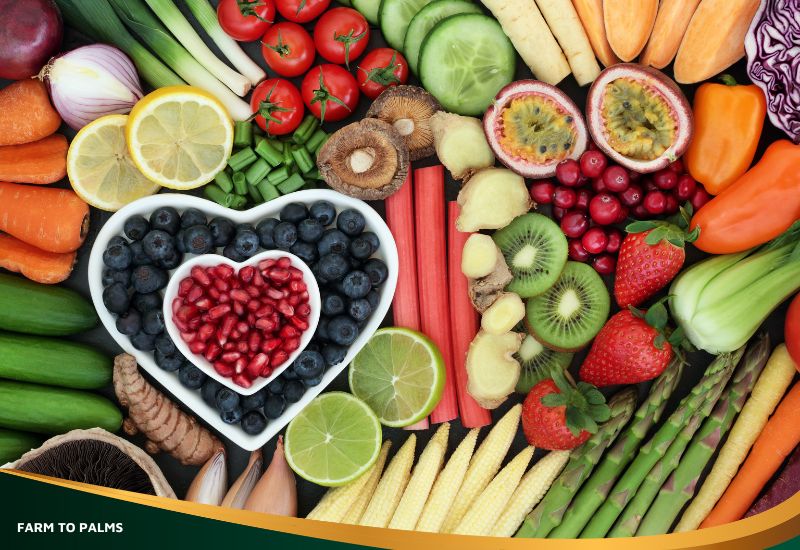Anemia is one of the most common conditions, with about 1/3 of the world’s population suffering from it, but very few people understand its causes and effects. Anemia can have many health impacts, disrupting the function of organs due to an insufficient oxygen supply. So, what are the causes of this phenomenon, and what are the consequences?
What’s anemia?
The body has three types of blood cells: red blood cells, white blood cells, and platelets, each performing different tasks. Red blood cells contain the pigment Hemoglobin, which is produced regularly in the bone marrow and transports oxygen from the lungs to the body’s tissues and organs and CO2 in the opposite direction. So, what is anemia, and what are the causes?
Anemia
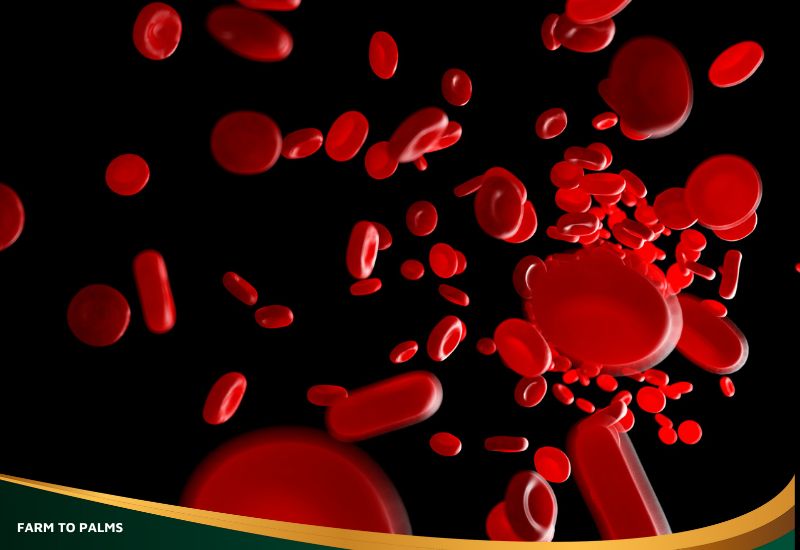
Anemia is a condition in which the body does not have enough healthy red blood cells to meet its needs. A deficiency or decrease in the amount of pigment or hemoglobin is an important factor that makes red blood cells unable to synthesize properly, causing anemia.
To diagnose anemia, the doctor will rely on test results when the hemoglobin level in the blood drops by 5% compared to the reference value (by age, gender, and living conditions).
The causes
The causes that lead to a decrease in the number of hemoglobin and red blood cells are very diverse; the most common ones include:
- Heavy bleeding causes deficiency due to accidents and gastrointestinal diseases leading to bleeding like gastric ulcers, duodenal ulcers, hemorrhoids, and cancer,…
- Long-term use of non-steroidal anti-inflammatory drugs causes gastrointestinal bleeding.
- Blood loss due to menstrual disorders and menorrhagia.
- Red blood cells are destroyed due to systemic lupus erythematosus, septic shock, and congenital hematologic diseases such as thalassemia and sickle cell anemia.
- An enlarged spleen can cause red blood cells to become fragile.
- Accumulation of toxic substances in the blood due to long-term exposure to chemicals, snake venom, or liver and kidney diseases.
- Hypertension, cancer, coagulation disorders, vascular grafting,… can also cause red blood cell destruction.
- Red blood cells are defective or reduced production in case of bone marrow diseases or due to deficiencies in blood-forming factors, iron deficiency, vitamins, folic acid deficiency, lead poisoning, or insufficient hormone production for red blood cells.
Risk groups
In addition to the causes mentioned above, cases such as premature babies, children in the physical development stage, adolescents, pregnant and breastfeeding women, elderly individuals, and individuals with chronic diseases,… are at risk of iron deficiency and red blood cells because the body’s demand is high.
Signs and Consequences of Anemia
The symptoms of anemia depend on the cause and the patient’s health condition. However, you can still recognize it through some typical signs.
Signs of Anemia
In some cases, people with low red blood cells or hemoglobin may not have apparent symptoms or may experience the following signs:
- Pale skin, weight loss, frequent fatigue, and headaches.
- Pale, discolored, green, or yellowish skin and mucous membranes.
- Patients may experience dizziness, lightheadedness, difficulty breathing, chest pain, palpitations, and irregular heartbeat.
- Cold hands and feet.
In the early stages, symptoms of anemia are often mild and unclear, but over time, if left untreated, they can become more severe and dangerous.
Consequences
It can be restored and balanced if the lack of red blood cells or hemoglobin is detected early and appropriate interventions are taken. However, severe blood loss that cannot be compensated for or conditions that affect organ function can have a detrimental impact on health, even leading to death.
Even mild symptoms of anemia can significantly reduce the patient’s quality of life. Severe cases of blood loss can lead to dangerous complications such as:
- Daily activities are affected, with patients often feeling fatigued or fainting suddenly, having a decline in mental alertness.
- Heart failure and respiratory failure if the lack of red blood cells or hemoglobin persists.
- Risk of premature birth or affecting the baby’s development if the mother is anemic during pregnancy.
- Excessive blood loss in a short period that cannot be replenished in time can lead to death.
What should you eat when you are anemic?
A balanced diet and iron supplementation are essential to improve health and conditions of anemia or blood loss. Many patients with mild anemia may not need intervention but rather dietary changes to improve. So, what should anemic patients eat?
Some of the foods below help increase the hemoglobin level and ensure the amount of red blood cells in the body, which is suitable for people with anemia due to iron deficiency.
Reduce the pigment causing anemia
At the National Institutes of Health (NIH), iron is a mineral that plays a crucial role in keeping the body functioning well. When the body stores enough iron, it allows for the production of red blood cells, which carry oxygen to cells and help you feel energetic. Additionally, iron is related to a healthy immune function, regulating body temperature and mental focus.
Red blood cells contain a type of protein called hemoglobin, which is full of iron. Without enough iron, the body cannot produce enough hemoglobin to create an adequate number of red blood cells to carry oxygen-rich blood throughout the body.
The primary function of red blood cells is to transport oxygen from the lungs to the body’s cells. Red blood cells contain a protein called hemoglobin responsible for carrying oxygen to ensure cells function correctly. Hemoglobin is an iron-rich protein found in red blood cells and is responsible for transporting oxygen throughout the body.
Decreased hemoglobin levels can cause fatigue, weakness, shortness of breath, and headaches. If the concentration of red blood cells significantly decreases, this condition can be diagnosed as anemia. Anemia is a decrease in the number of red blood cells (RBCs), measured by the number of red blood cells, hematocrit, or the level of hemoglobin in red blood cells.
Normal hemoglobin levels in adult males range from 13 to 17.5g/dL, and in adult females, from 12 to 15.5g/dL. For children, the range may vary depending on age and gender.
Foods that help enhance the production of hemoglobin for anemic people
To avoid iron deficiency, it is necessary to establish a balanced diet with iron-rich foods such as meat, beans, and green vegetables. To control blood levels and ensure the body’s cells function well, you should regularly eat foods that can help increase blood levels below.
Iron-rich foods should be a top priority for people with anemia.
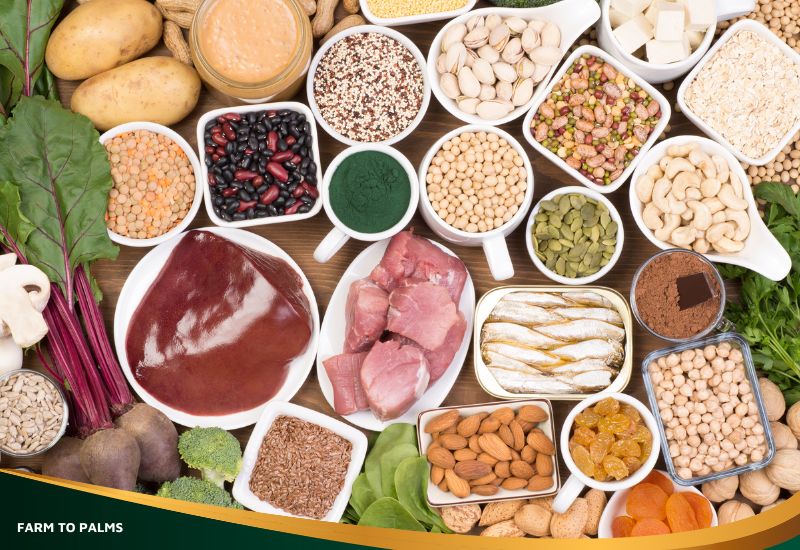
Iron deficiency is one of the most common causes of low hemoglobin levels. The recommended daily iron intake for adult males (19 – 50 years old) is 8mg, and for adult females (19 – 50 years old) is 18mg. Therefore, it is important to regularly consume iron-rich foods such as green leafy vegetables, animal liver, beef, seafood, tofu, spinach, eggs, whole grain cereals, different beans, and dried fruits, …
Eat plenty of vitamin C-rich foods

Iron cannot be fully absorbed by the body, so it needs an intermediary like vitamin C to help absorb it well. According to Doctors, iron-rich foods and vitamin C-rich foods such as oranges, tomatoes, or strawberries can improve iron absorption.
Foods such as oranges, lemons, guavas, bell peppers, tomatoes, cabbage, broccoli, kiwi, grapefruit, berries,… are very rich in vitamin C.
Note the foods rich in folic acid

Folic acid (or folate) is a complex type of vitamin B necessary to produce body red blood cells. A deficiency in folic acid can lead to low hemoglobin levels. To provide an adequate amount of this nutrient, consume more green leafy vegetables, sprouts, nuts, peanuts, bananas, broccoli, liver,… regularly.
It is advisable to supplement foods rich in folate and vitamin B12 to support red blood cell production.
Pomegranate is an excellent nutritional source for red blood cell production.
Pomegranate is a rich source of calcium and iron, along with protein, carbohydrates, and fiber. It is one of the best foods for increasing hematocrit and red blood cell production. Drinking pomegranate juice daily helps maintain the necessary hematocrit level.
Chayote helps produce hematocrit.
This intensely sweet dried fruit is full of energy and super nutritious. Chayote provides an abundant source of iron to increase hemoglobin levels in the blood. However, doctors advise diabetic patients to avoid eating chayote due to its high sugar content.
Beetroot.
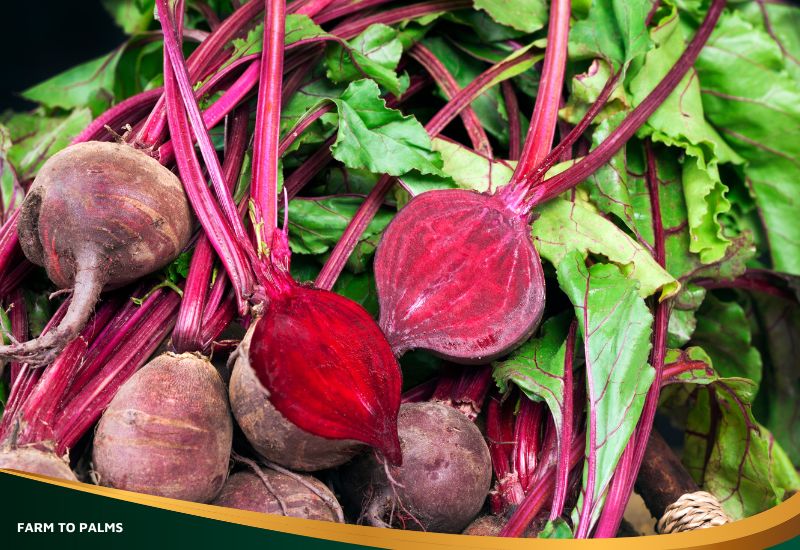
Beetroot is one of the best ways to increase hemoglobin levels. It has a high iron content and contains folic acid, potassium, and fiber. Drink beetroot juice daily to ensure a healthy blood level.
Types of beans
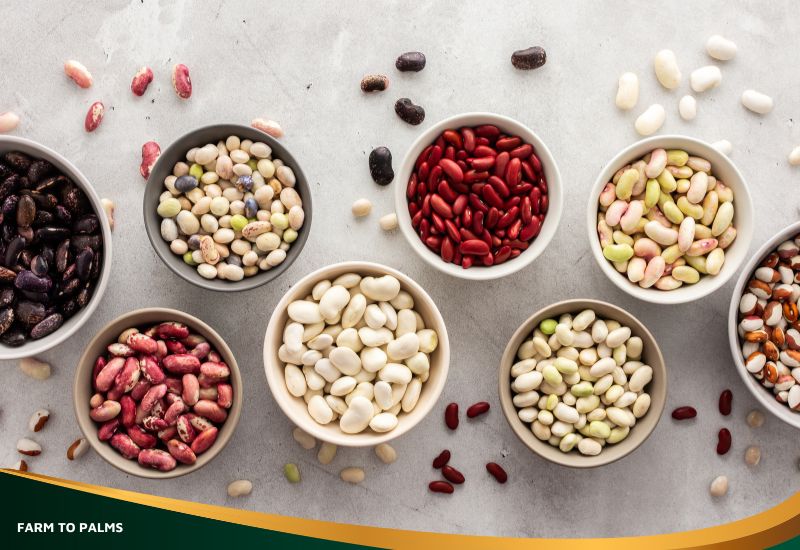
Beans and products made from beans are good sources of iron. Soybeans, black beans, and mung beans are recommended. All types of beans are excellent sources of iron for your body, including soybeans, kidney beans, Dutch beans, mung beans, and similar foods like black beans and red beans.
Watermelon helps increase hemoglobin.

Watermelon is one of the fruits that best increases hemoglobin thanks to its iron and vitamin C content, which aids in better and faster iron absorption.
Some types of food can hinder the body’s iron absorption process. Doctors believe that one should not consume iron-rich foods and foods or drinks that inhibit iron absorption, such as coffee, tea, eggs, oxalate-rich foods, and calcium-rich foods.
If you have low hemoglobin levels, it is best to limit your consumption of these foods. The best way to check your hemoglobin levels is to have a medical check-up every three months.
Anemia is a prevalent condition caused by a lack of healthy red blood cells, leading to various health issues. It can be diagnosed through a drop in hemoglobin levels in the blood. Causes range from heavy bleeding to deficiencies in blood-forming factors. A balanced diet rich in iron, vitamin C, and folic acid is crucial to combat anemia. To support red blood cell production and overall health, consider purchasing iron-rich foods like meat, beans, and green vegetables from Farm to Palms.

